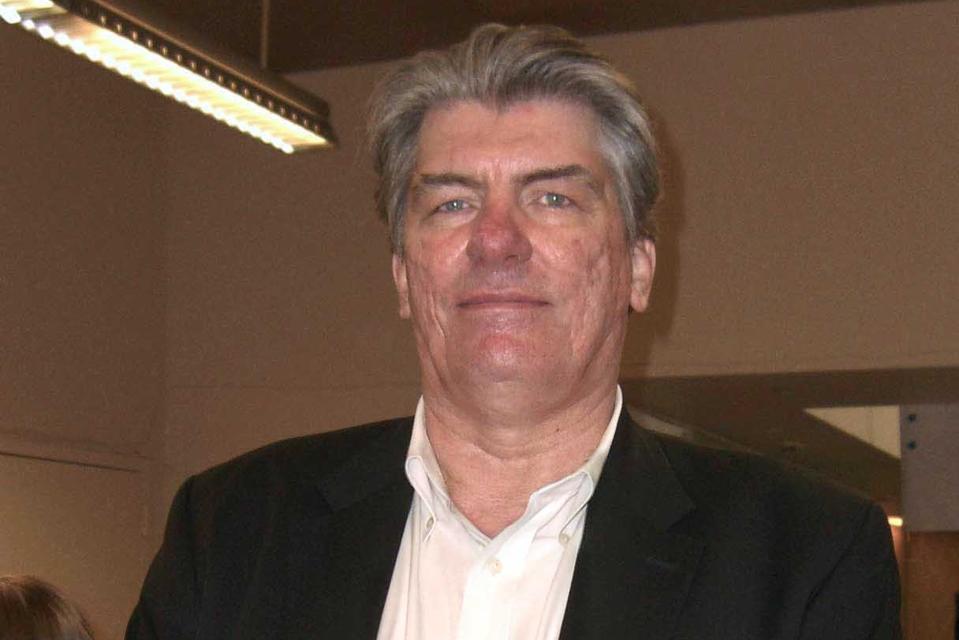Controversial Marvel writer/editor Jim Shooter
Jim Shooter, who began his career writing comics at age 14 and guided Marvel Comics through one of its most creatively and commercially successful eras as editor-in-chief in the 1980s, died today at age 73 after a long fight with esophageal cancer.
Shooter took over Marvel Comics in the late 1970s when the comics industry was transitioning from mass market newsstand distribution to direct market sales to comic shops. He quickly grasped the opportunity of selling to long-time fans rather than casual consumers, leaning into Marvel’s dense story universe and encouraging creators to move the medium in more challenging directions.
Thanks to the breakout success of the X-Men by writer Chris Claremont and artist John Byrne, the signature title of Shooter’s reign, Marvel began a rise that saw the company bring in exciting young creators like Frank Miller, Walter Simonson and Bill Sienkiewicz, experiment with new formats like original graphic novels and trade book collections, spike sales with annual “events” and mini-series, and attract a new generation to a medium that many thought would not survive beyond the 1970s. At one point during Shooter’s tenure, Marvel sales were estimated at over 80% of the entire US comic book market.
But that success came, 80s style, with sharp elbows and attitude. Shooter had strong opinions about how to make comics and he leaned hard on the company’s talent to execute according to his vision. His tenure was marked by stories of creative blowups and controversies, including his insistence that the X-Men character Phoenix had to die to atone for crimes she committed in the story, over the objections of the creative team. In 1987, after Marvel had been acquired by New World Pictures, Shooter, whose welcome was already wearing thin, was, by some accounts, fired for demanding editorial autonomy and the payment of royalties.
“He really polarized people, but it was because he had a passion for what he was doing,” said Bill Sienkiewicz, who drew Moon Knight and New Mutants during the 1980s. “He went to bat for freelancers in a way you don’t see many people in editorial roles do today.”
Shooter broke into comics at age 14, submitting scripts to DC’s Superboy and the Legion of Super Heroes. His first credited work was published in Adventure Comics #346, published in July, 1966, and he became a fan-favorite for bringing a fresh, authentic teenage voice to a comic about teenage heroes.
Shooter worked in a number of jobs in comics through the 1970s until he caught on as an assistant editor and writer at Marvel in 1976. Stan Lee had left day-to-day editorial and publishing roles several years before, succeeded by a series of young writer-editors who had difficulty with the managerial responsibilities. The company was brimming with energy, but lacked direction. Short-lived books, missed deadlines and other issues exacerbated challenges the business was already facing amid the inflation and economic turmoil of the era.
In January, 1978, Shooter was named Marvel’s 9th editor-in-chief, implementing a series of strict measures designed to restore luster to the so-called “House of Ideas.” Some responded to the challenge by creating some of their best work. Others bristled under his uncompromising style.
“As many people have been saying, Jim was complicated,” said 80s-90s era Marvel writer and editor Danny Fingeroth. “I’ve always thought that without him and Frank Miller, and regardless of the many other amazingly-talented people at the company, Marvel might not have survived into the 1980s.”
Following his ouster, Shooter reemerged with a new company, Voyager Communications, which launched the Valient Comics imprint. Once again, his tenure was marked by creative highs and lows, and he was fired again in 1992. As independent comics led by the Image imprint, founded by a bunch of young Marvel veterans, flourished, Shooter tried again and again with the likes of Defiant Comics, Broadway Comics, and Acclaim Comics. None of them survived the decade.
Shooter continued doing work inside and outside the industry over the past quarter century. He offered commentary on comics history on his blog, and was often a featured guest at comic book conventions, where fans remembered the high points of his career and often ignored the lows.
“We played poker for years, rose to very different but significant positions in comics,” said Paul Levitz, who also gained popularity writing Legion of Super Heroes, then occupied a series of leadership positions at DC Comics including Publisher and President, during Shooter’s years in the business. “We competed sometimes (didn’t think he could get Marvel’s management to follow our lead and start royalties since it would be much more expensive for them, but he did). We watched each other, learned from each other, occasionally conspired [to help creators in need], each championed the comic shop market within our companies in very different ways.”
As word of his death began spreading on social media the evening of June 30, several generations of creators have posted to honor his legacy and recognize the contributions that this towering figure left on the industry.




